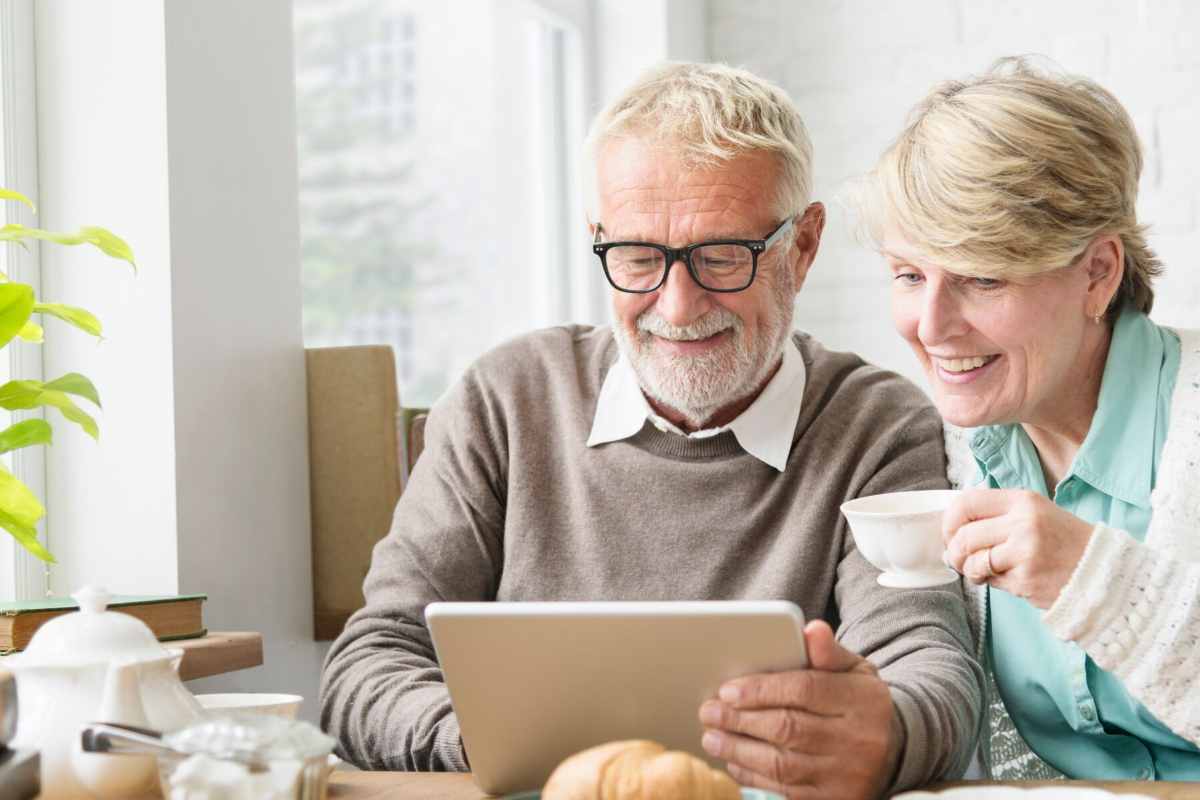Staying safe at home might seem simple, but when someone gets older, it’s not always that easy. Small changes in balance, slower reflexes, or just forgetting to do something can turn everyday stuff into real hazards. Even the coziest home can become risky if the right precautions aren’t taken. That’s why understanding what really keeps seniors safe at home is so important—for everyone involved.
Let’s talk about what helps, what doesn’t, and what you might not have thought about yet.
Table of Contents
The Risks Are Closer Than You Think
Most accidents that happen to older adults don’t take place outside—they happen right at home. A rug that slides, a wet bathroom floor, or a step that’s a little too high can lead to a fall. And falling isn’t just about getting a scrape or bruise. For seniors, a fall can mean a broken bone, a trip to the hospital, or even a long recovery that makes it hard to stay independent.
That’s why the best way to protect older adults isn’t just by checking on them or calling once a day. It’s about setting up smart ways to make sure help is always nearby, even if no one else is around.
Why Fast Help Matters More Than You Think
If a senior falls and can’t get up, every minute counts. Waiting too long can turn a minor injury into something much more serious. Getting help fast can stop things from getting worse and can even save a life.
One way to make sure help is always close is by using Life Assure fall detection systems. These systems are built to sense when someone falls and send an alert right away—even if they can’t press a button. They’re helpful for seniors who live alone or have health issues that make falls more likely. It’s one option to think about if you want something that works in the background but could make a huge difference when it really matters.
It’s Not Just About Devices—The Home Setup Matters Too
Technology is helpful, but the way a home is set up plays a huge role in safety. A few changes can go a long way. Here are some of the most useful adjustments:
- Remove loose rugs or tape them down so they don’t slide.
- Add grab bars in bathrooms, especially near the toilet and shower.
- Make sure light switches are easy to reach and use night lights in hallways.
- Keep walkways clear of clutter or cords.
- Store commonly used items in easy-to-reach places so there’s no need for step stools.
These things might sound small, but together they make the space much safer.
The Role of Routine and Support
Having a good routine helps too. Seniors who stick to a regular schedule are less likely to be caught off guard by physical or mental fatigue. Eating well, staying active, and getting enough sleep all help keep the body and brain working better, which means fewer accidents.
It also helps when there’s a support system in place. Family, neighbors, or friends checking in regularly can spot problems before they become serious. Even better, seniors should feel comfortable talking about how they’re doing and whether they feel safe.
Choosing the Right Tools Without Overcomplicating Things
There’s a lot of tech out there meant to keep people safe, but not all of it is easy to use. Some systems are complicated or need constant charging or updates. The best safety tools are simple, reliable, and don’t get in the way of everyday life.
Here’s what to look for:
- Automatic alerts in case of a fall
- GPS tracking, especially for seniors with memory loss or who go out often
- Water resistance so it works in the shower, where many falls happen
- Long battery life so there’s less to worry about
Even better if the device works right out of the box without needing a phone or app to run it.
Keeping Seniors Safe Without Taking Away Their Freedom
One worry some people have is that using fall detection or safety systems means giving up freedom. But it’s actually the opposite. Having these tools in place gives seniors more confidence to move around, go outside, or even live alone, because they know they’re not completely on their own.
Being safe doesn’t mean being stuck. It means being smart and prepared.
What to Take Away From All This
Keeping seniors protected at home doesn’t mean covering the place in safety tape or checking in every hour. It’s about creating a setup that’s safe, simple, and gives both the senior and their loved ones peace of mind. That might mean adjusting the furniture, using a smart safety system, or just setting up regular check-ins.
It’s all about helping older adults keep living the life they want, without the constant worry. If someone can stay safe and still feel free, that’s the best balance there is.

